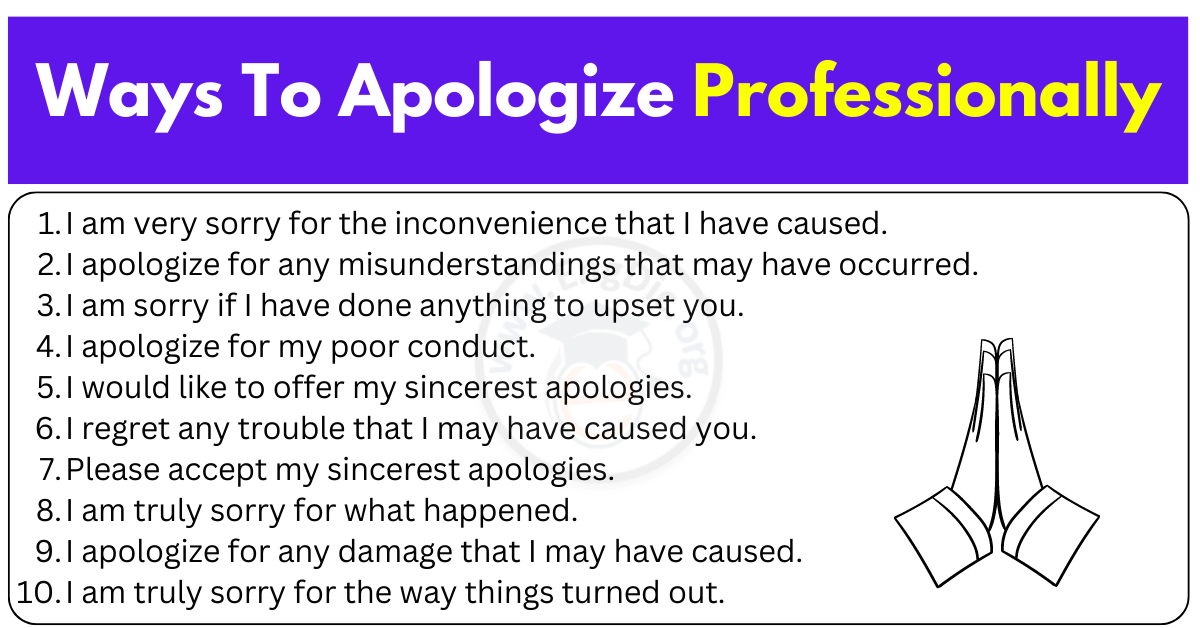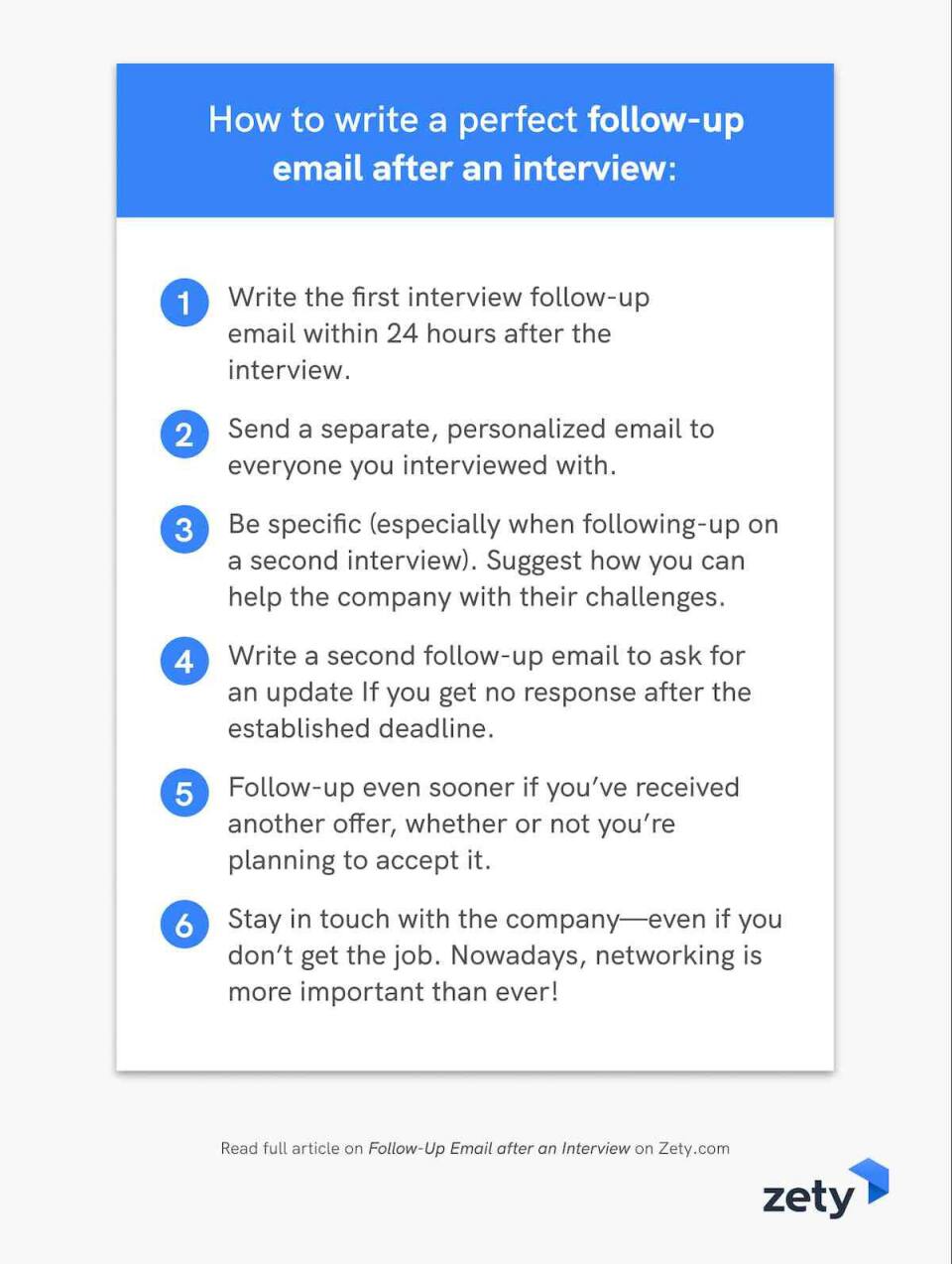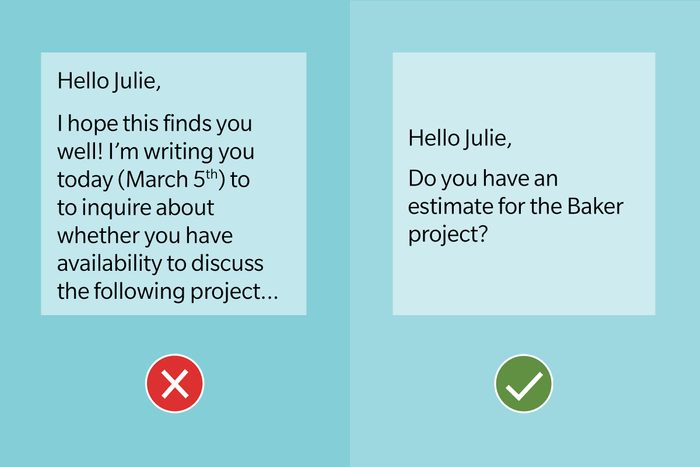I’m sure we’re all aware of the elaborate song and dance that goes into the interviewing process. From: meeting with recruiters, doing mock interviews, researching the company, and having the interview—it’s been formulated to a tee. Though there’s one thing people often forget: a follow-up “thank you email.”
Regardless of the purpose of the email and whether you are actually accepting a company’s offer, saying ‘thank you’ is a polite and overlooked action that many disregard. Ultimately it’s a waste of potential. A HUGE loss of opportunity. This past week, there were two articles I stumbled across discussing this very topic (of using follow up messages to your advantage), the 1st by Beth Braccio Hering and the 2nd by a Ladders Contributor.
 In Beth’s article, she goes into more detail and specifically speaks on using this is a chance to clarify any mistakes that may have occurred during the interview. Obviously, the contents of the message should highlight/ remain a message of thanks to the interviewer for their time, though it’s good time to acknowledge any lingering unresolved issues. Personally, I see it to be great advice as it neatly ties the bow on the whole situation. This could potentially result in a redemption for you, but don’t make the mistake of using too much negative language. Take responsibility, but don’t dwell heavily on any failures, as it won’t do good for either party. Remember, keep it brief and sincere!
In Beth’s article, she goes into more detail and specifically speaks on using this is a chance to clarify any mistakes that may have occurred during the interview. Obviously, the contents of the message should highlight/ remain a message of thanks to the interviewer for their time, though it’s good time to acknowledge any lingering unresolved issues. Personally, I see it to be great advice as it neatly ties the bow on the whole situation. This could potentially result in a redemption for you, but don’t make the mistake of using too much negative language. Take responsibility, but don’t dwell heavily on any failures, as it won’t do good for either party. Remember, keep it brief and sincere!

Pertaining to the Ladder post and the beliefs of Don Straits, CEO and Dragonslayer of Corporate Warriors; the best thing to include in an email is additional value. If you do as the following graphic above outlines, it will surely elevate the content you are providing. The “standard thanks” is now expected, and in order to stand out there are additional factors you should keep in mind. It’s important to reference and even expand upon what was discussed during the interview. This showcases to the interviewer that you are being attentive and someone who has good follow through (if you end up going the route of providing a solution to problems mentioned). By personalizing the email in this way, it makes you all the more memorable.
Overall, the tips offered above all reinforce good practices that you could (and should) implement into your daily life. Especially going into the professional field, small nuances such as these could be the “make or break” in you being the first or second pick. Don’t wait until “it’s time” to write a thank you letter, take the moment now and your future self will thank you for it.
 It’s clear which variation of the text is more preferable to read. The right one implements many
It’s clear which variation of the text is more preferable to read. The right one implements many  In regards to being
In regards to being  Beyond being offended if I were the recipient of this letter, regardless of my position, I’d feel demoralized. To fire individuals in this capacity is concerning, and shows a general lack of care, inciting job insecurity among the masses. Twitter (X) may be a place of nonchalantly addressing massive audiences, but to apply this rationale in a professional setting doesn’t work. There should be
Beyond being offended if I were the recipient of this letter, regardless of my position, I’d feel demoralized. To fire individuals in this capacity is concerning, and shows a general lack of care, inciting job insecurity among the masses. Twitter (X) may be a place of nonchalantly addressing massive audiences, but to apply this rationale in a professional setting doesn’t work. There should be  On the other side, here’s what letters should
On the other side, here’s what letters should 

 To reiterate here’s a list of what I (shouldn’t) do:
To reiterate here’s a list of what I (shouldn’t) do: Overall, the objective I gather from this piece is to take and implement these small tactics in order to effectively convey your meaning—especially in emails. This transition from what I’d label as my amateur format, to this profoundly crafted one signifies something I understand will only help benefit me in my professional career. With my start of diving into all these nuance subject areas, it really taught me the intricacies that go behind every decision; making me all the more conscious moving forward.
Overall, the objective I gather from this piece is to take and implement these small tactics in order to effectively convey your meaning—especially in emails. This transition from what I’d label as my amateur format, to this profoundly crafted one signifies something I understand will only help benefit me in my professional career. With my start of diving into all these nuance subject areas, it really taught me the intricacies that go behind every decision; making me all the more conscious moving forward.